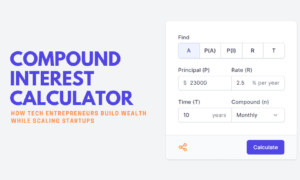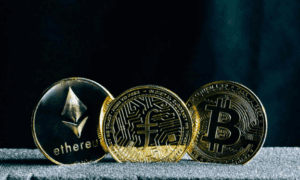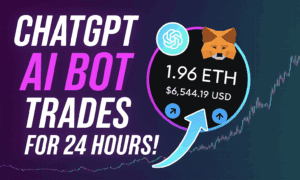In recent years, the convergence of technologies such as Artificial Intelligence (AI) and Blockchain has transformed strategic sectors, with a particular spotlight on the financial industry and its intersection with agribusiness. These innovations, driven by advances in data analysis and digital security, are reshaping how companies manage risks, optimize processes, and ensure transparency, placing Brazil and the United States at the forefront of this technological revolution.
Rafael Elias Venturini, a researcher at Niagara University in New York, has emerged as a prominent voice in this field. In his studies, published in journals such as IRE Journals and Brazilian Journal of Development, Venturini explores how AI and Blockchain can mitigate economic volatility and bring financial stability to vulnerable sectors like agriculture. “AI enables risk prediction and decision optimization, while Blockchain ensures traceability and trust in transactions,” explains the researcher.
In the article “The Strategic Importance of Financial Hedging in Mitigating Business Risks” (IRE Journals, February 2025), Venturini details how financial hedging strategies, supported by derivatives and mathematical models, help companies control costs and protect profit margins amid fluctuations in commodity prices and exchange rates. He cites practical examples, such as the use of “cash hedge” policies in the automotive industry, which could be adapted to Brazilian agribusiness—a sector often exposed to climatic and market uncertainties.
Meanwhile, in “Technological Innovations in Agriculture: The Application of Blockchain and Artificial Intelligence for Grain Traceability and Protection” (Brazilian Journal of Development, 2025), Venturini examines how these technologies are revolutionizing grain traceability. In the United States, one of the world’s largest agricultural producers, Blockchain creates immutable records that track grains from the field to the consumer, while AI analyzes real-time data to predict risks and adjust agricultural insurance contracts. In Brazil, this approach could enhance the sector’s competitiveness, reducing fraud and ensuring the quality of exported products like soybeans and corn.
Another significant work, “The Impact of Artificial Intelligence on the U.S. Grain Storage Chain” (International Journal for Multidisciplinary Research, 2025), highlights how AI optimizes inventory and logistics management in grain storage. Machine learning algorithms forecast demand, while intelligent systems monitor storage conditions such as temperature and humidity, preventing losses and cutting costs. “These solutions not only boost efficiency but also make companies more resilient to crises, such as the COVID-19 pandemic,” Venturini asserts.
Within the financial realm, the integration of AI and Blockchain is also paving the way for new financing models. Smart contracts, which self-execute based on predefined conditions, are streamlining transactions and reducing reliance on intermediaries. In Brazil, where agribusiness accounts for about 25% of GDP, these tools could expedite credit access for small-scale farmers, addressing a long-standing challenge in the country.
Venturini also ties these innovations to public policy in “Transformation of the Agricultural Sector: Technological Innovations and Public Policies to Overcome Market Challenges” (RevistaFT, 2022). He suggests that combining advanced technologies with instruments like minimum price contracts and agricultural subsidies could shield Brazilian producers from market fluctuations, fostering sustainability and growth.
With Brazil leading global agricultural production and the United States spearheading technological innovation, Venturini’s contributions point to a future where the financial industry and agribusiness advance hand in hand toward efficiency and resilience. “We are just at the beginning of this transformation,” the researcher concludes, signaling that the adoption of these technologies will be critical to tackling 21st-century challenges, such as climate change and the growing demand for transparency.



































